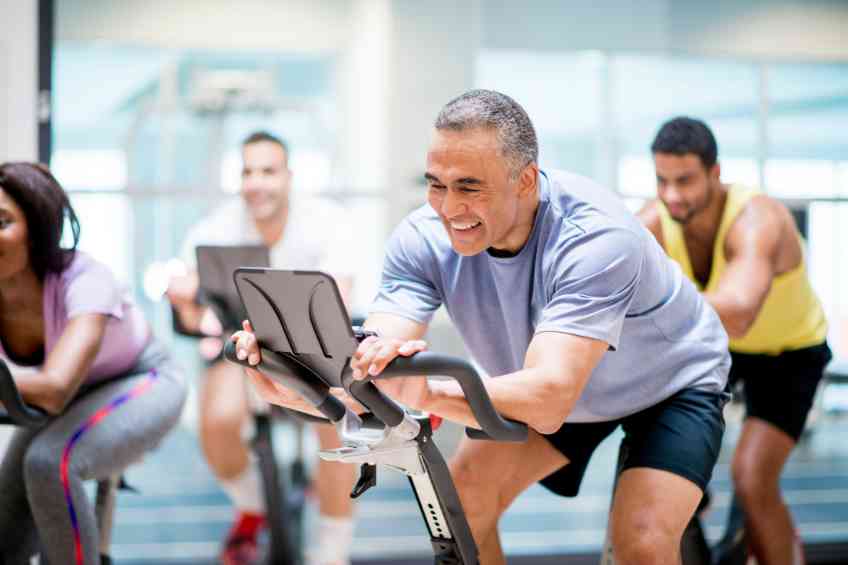By John Salak –
Fat-burning zone weight-loss advocates may be in for a reckoning. Commercial exercise machines promote the increasingly popular notion that hitting the “fat-burning zone” to lose chub may not be the most effective to burn fat.
The idea behind hitting the fat-burning zone is keeping someone’s heart rate in this zone while they work out helps them burn more fat than if they worked out more intensely. The idea may sound great, but unfortunately, it doesn’t work because the most effective heart rate for burning fat differs for each individual. Beyond this, it often does not align with the “fat-burning zone” on commercial exercise machines, at least according to researchers at the Icahn School of Medicine at Mount Sinai.
According to the study, an effective alternative may involve relying on clinical exercise testing, which measures a person’s physiological response to exercise. This approach could help individuals reach their fat-loss goals quickly.
“People with a goal of weight or fat loss may be interested in exercising at moderate intensity, which allows for the maximal fat-burning rate. Most commercial exercise machines offer a ‘fat-burning zone’ option, depending upon age, sex and heart rate,” noted lead author Hannah Kittrell, a PhD candidate at Icahn Mount Sinai. “However, the typically recommended fat-burning zone has not been validated, and individuals may be exercising at intensities not aligned with their personalized weight loss goals.”
Kittrell’s team is drawing a surprising amount of support, at least for the effectiveness of establishing effective fat-burning zones.
“The fat-burning zone is one of the most pervasive myths in the fitness industry that just won’t go away. Magazines constantly promote workouts in the fat-burning zone as an effective way to burn fat, and most cardio machines have some sticker or image visible,” trainer Marc Perry told BuiltLean.com.
The Mount Sinai study relied on leveraging the concept of FATmax in developing its findings. This concept is sometimes used to represent the exercise intensity and associated heart rate at which the body reaches its highest fat-burning rate during aerobic exercise. When this is achieved, fat becomes a significant fuel source, which makes this particularly attractive to those seeking to optimize fat loss during workouts.
The researchers compared heart rate at FATmax, as measured during a clinical exercise test, to predicted heart rate at percentages of maximal effort within the typically recommended “fat-burning zone.” When viewed against 26 samples, the researchers found poor agreement between measured and predicted heart rates. It suggests that general recommendations for a “fat-burning zone” may not provide accurate guidance.
The team is now looking to study whether individuals who receive a more personalized exercise prescription demonstrate more weight and fat loss, as well as improvement of metabolic health markers that identify health risks like Type 2 diabetes, obesity and heart disease.
“We hope this work will inspire more individuals and trainers to utilize clinical exercise testing to prescribe personalized exercise routines tailored to fat loss. It also emphasizes the role that data-driven approaches can have toward precision exercise,” explained Dr. Girish Nadkarni, the study’s co-author and a professor at Mount Sinai.












